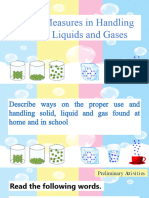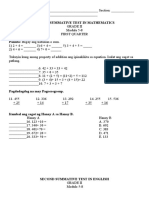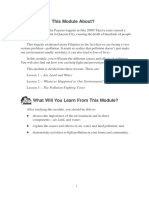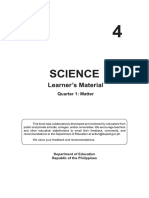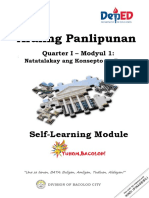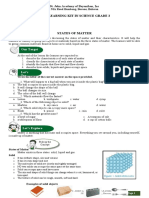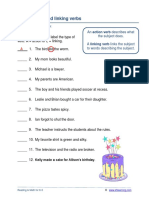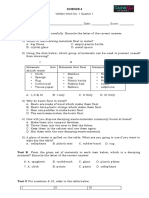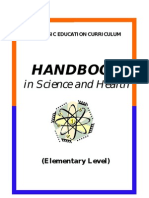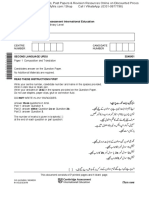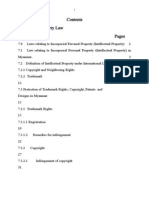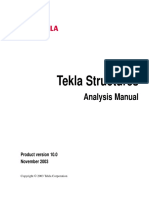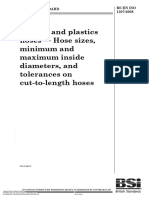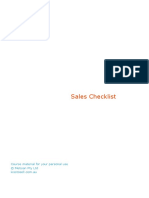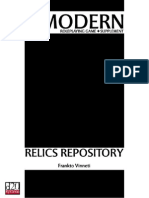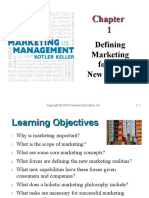0% found this document useful (0 votes)
527 views9 pagesQ1 WS Science 5 Lesson 4 Week 4
Uploaded by
Cabuaan ES ParacelisCopyright
© © All Rights Reserved
We take content rights seriously. If you suspect this is your content, claim it here.
Available Formats
Download as PDF, TXT or read online on Scribd
0% found this document useful (0 votes)
527 views9 pagesQ1 WS Science 5 Lesson 4 Week 4
Uploaded by
Cabuaan ES ParacelisCopyright
© © All Rights Reserved
We take content rights seriously. If you suspect this is your content, claim it here.
Available Formats
Download as PDF, TXT or read online on Scribd
/ 9


